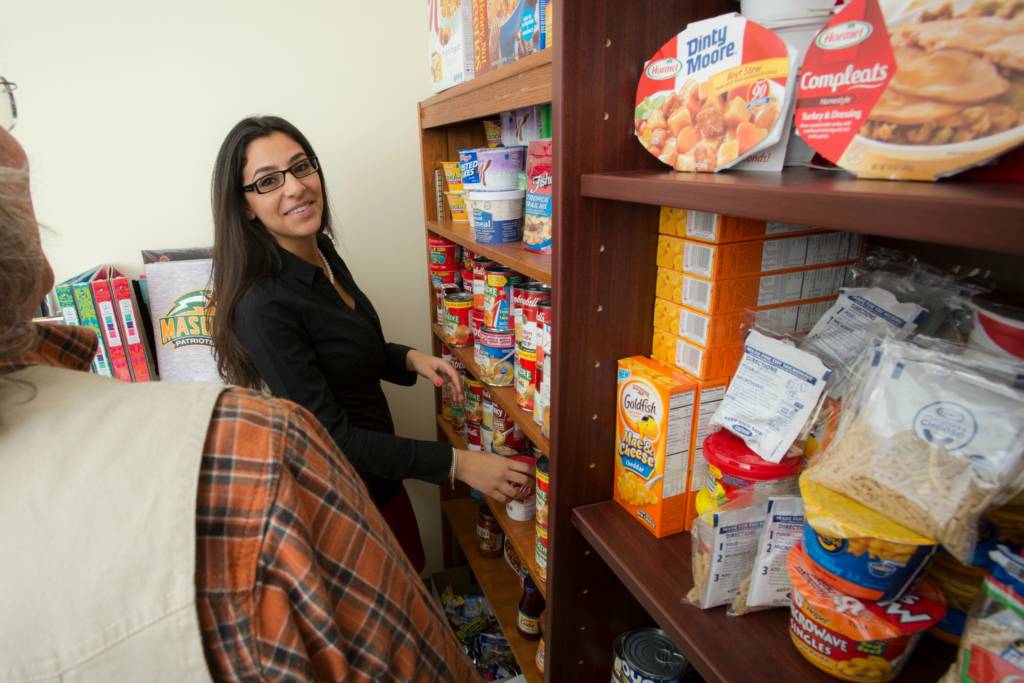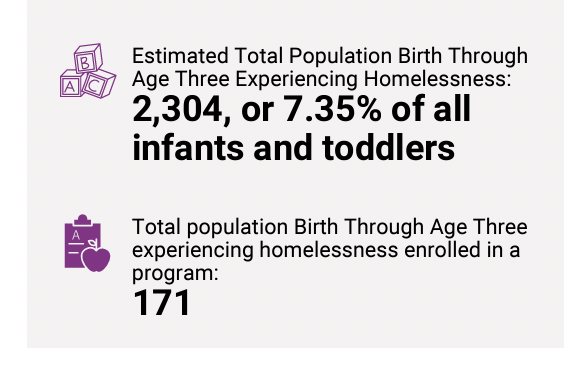College hunger is often portrayed as satire: a coming-of-age cliché including late night bowls of 25-cent ramen and refills of drip coffee. But more often than not, these circumstances reflect the harsh reality of choosing one necessity over another: tuition over food, food over housing.
While the negative impacts that hunger leaves on elementary school students is well established, hardly any attention has been given to the significant barriers that hunger poses to young adults in college.
On average, tuition tends to increase about eight percent per year. An eight percent inflation rate means that the price of a college education doubles every nine years, perpetuating hard financial decisions for many students.
In the fall of 2014, Yara Mowafy, a graduate student at George Mason University, began to recognize the plaguing effects of homelessness and hunger on her campus. Unsatisfied with her university’s response to the problem, Mowafy founded a campus food pantry.
According to the 2012-2013 Free Application for Federal Student Aid (FAFSA), there are 58,000 homeless college students in the United States, but Mowafy predicts otherwise.
“We think that there are double the amount,” said Mowafy. “There could be up to 100,000 homeless students if you count those who are socially homeless.” which refers to the population of students who have been kicked out or cut off financially.
Mowafy believed that if there was a known chronically hungry student, the university would find ways to feed them. But upon proposing her food pantry, she met resistance from administrators, professors, and university offices.
“They all told me ‘homelessness isn’t a problem here,’” Mowafy said in an interview with Street Sense.
So, she began examining food insecurity among George Mason students. Of the students that took Mowafy’s survey, 10 percent — over 1,000 of them — said they feared not being able to afford to eat in the next semester. This survey sparked a sense of urgency and proved to Mowafy and George Mason administrators that their students were in fact struggling.
By December, Mason’s Pop-Up Pantry was launched with the help of on-campus donations. It has since grown to be an integral part of the Fairfax community. A group called Farm Table brings fresh fruits and vegetables to the pantry every Thursday. The local Panera drops off bread every evening, Trader Joe’s donates paper bags, and other stores donate gift cards so that the pantry can buy whatever is most needed.
In addition to food donations, Mowafy has organized personalized coat drives and calls for school supplies at the pantry. Each campaign is an attempt to better serve the individuals who come to the pantry seeking assistance.
In an unlabeled storage closet, Mason’s Pop-Up Pantry goes unnoticed by most — and that’s the point. The tech-space-turned-pantry offers a semi-private space that encourages students to come forward about their food insecurities. There is no need to stress about any stigma of asking for help. No student has to declare their hunger to a room full of their peers.
During the school year, the pantry serves about 100 students per month and doesn’t regulate who is allowed to come by or how often. Instead, its primary goal is to assist whoever comes forward in whatever way possible. There are no regulations regarding who is allowed to come by or how often. The mission is to assist whoever comes forward in whatever way possible.
Mowafy strives for the pantry to be a place with no barrier to access. She suggests that people sign out from the pantry with their name, year in school and answers to a few short yes/no questions, pantry guests are never asked to provide evidence of hardship. The optional assessment is simply to gage how the pantry can better serve the students who benefit from it.
“Hardship is hard to prove in college aged students,” Mowafy said. “If students have been kicked out in a social sense but their parents appear to make enough money to support them, they won’t receive any additional aid.”
Legal dependency on their parents also makes it difficult for most college-age students to access government assistance programs such as food stamps.
College hunger has become so prevalent that nearly 200 universities in the U.S. have launched food pantries, according to the College and University Food Bank Alliance.
“We’re trying to help the best we can. We just need the students to come forward,” Mowafy said.








